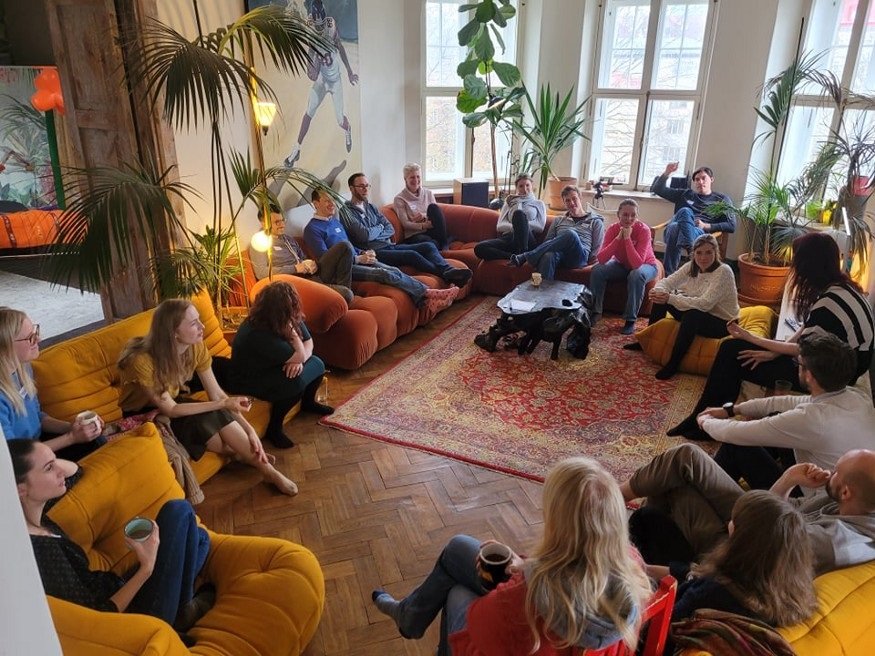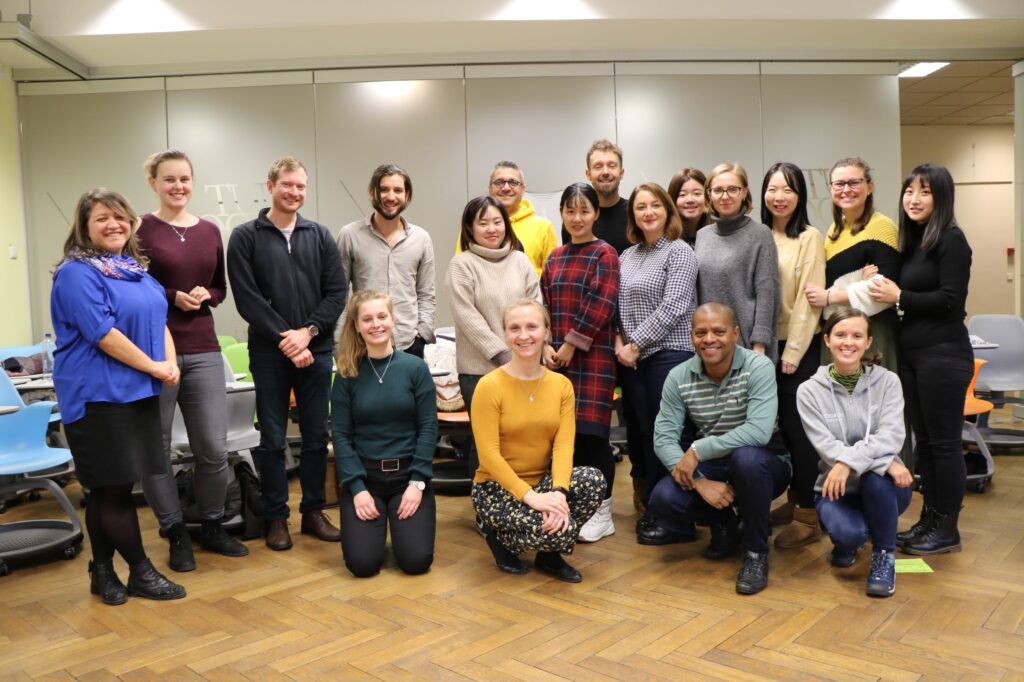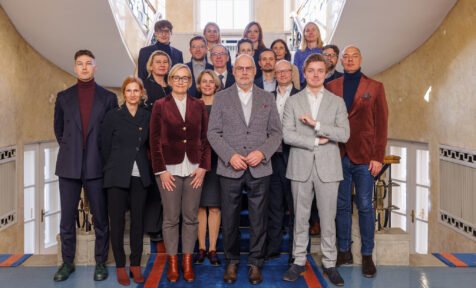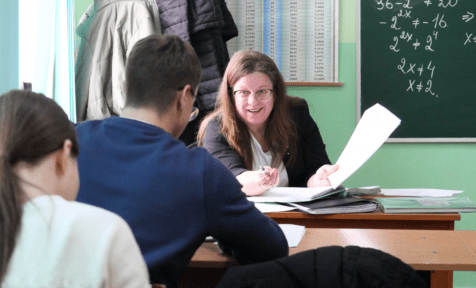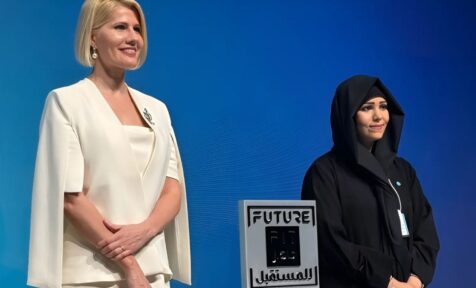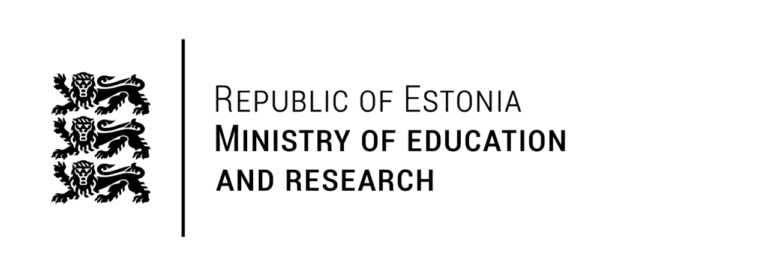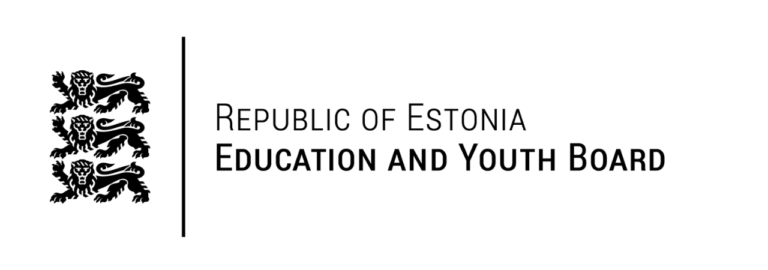“What are the reasons behind Estonia’s education system success? What part does technology play in it?” asks Victoria Klimova in her blog post about the Winter School at Tallinn University.
Last January, before the pandemic crisis shifted everything online, I attended a winter school at Tallinn University School of Educational Sciences. The program included various topics from ICT usage to teacher leadership, from educational psychology to future education trends. The winter school participants also had a chance to take a deep insight into the Estonian Educational System and visit one of Tallinn’s schools.
What are the reasons behind the success?
I learned that the successful transformation of the Estonian education system is attributed to several factors. The Centre for Innovation in Education at Tallinn University highlights the following elements:
- School autonomy — or rather autonomy at different levels — schools’ autonomy to make decisions about staff, curricular, finances; teachers’ freedom to upgrade their knowledge; students’ independence to take responsibility for their learning.
- Equity — socio-economic background does not matter!
- Teachers — well educated and committed!
- Digitally innovative society — e-curiosity already from kindergarten!
- Historical background — families value education highly!
So, what is the role of technology in it? According to the program’s teachers Kadi Georg and Merlin Linde, while technology facilitates progress, it’s the quality of the educational design that drives successful education transformation. The instructors believe that merely making classrooms more technologically advanced is insufficient to achieve positive educational outcomes for all.
Despite all the success, Estonia’s education system is also facing some challenges. One of the pressing issues is that almost half (48%) of Estonian teachers are over 50 years old (OECD, Country note, 2018). There is also a lack of male teachers as the profession is mainly dominated by females.
See also: Education system in Estonia
Winter School in Tallinn University
The program of the Winter school was the right balance between theory and practice. We received the research articles to read before the class. During the course, we discussed the self-determination theory by Richard M. Ryan and Edward L. Deci and mindsets that promote resilience by David S. Yeager and Carol S. Dweck. We analyzed learning vs. performance by Nicholas C. Soderstrom and Robert A. Bjork, neuromyths and neurohits in education, and many other foundational concepts and frameworks.
My cohort at the winter school “Educational Innovation — Getting ready for the future” at Tallinn University.
A school that makes you feel like a university
The major highlight for me, however, was our visit to Viimsi Gymnasium. From the first look, I noticed that the school architecture is aesthetically pleasing. The school has an open space concept that makes you feel like you are at a university or a well-designed open space office rather than a public school. It was done on purpose to prepare those students for the future.
See also:
Entrepreneurship Education: Developing a sense of initiative and entrepreneurial mindsets
Viimsi Gymnasium is an upper secondary school focusing on five 21st century skills such as critical thinking and problem solving, communication, self-direction, collaboration, creativity, and entrepreneurship. While the school’s curriculum includes compulsory subjects and courses set by the school, it also allows for flexibility via module courses and electives. Every year students choose a module made up of three courses of the field that interests them. For example, a student can select an IT module and study Introduction to Engineering and 3D modelling, Technical Drawing in Revit and Product Development, and Mechatronics. Modules are diverse and job-market oriented: 21st Century Media, Economics, Room and Design, Entrepreneurship, Film, Sciences, Literature and Language, Human Being and Health, etc. Often, industry practitioners and specialists lead or co-lead the class to bring real-world examples and most recent skills.
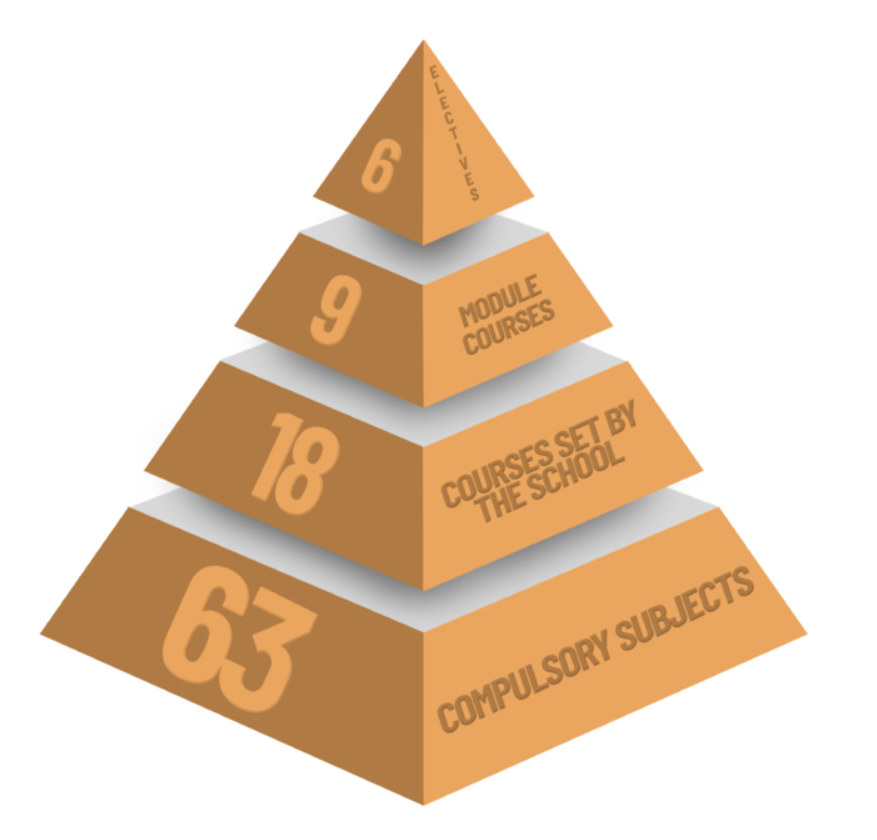
The school also offers a broad spectrum of electives: from foreign languages to electronic music, from folk dance to cyber defence and programming for beginners, from yoga to digital game development, from food culture to financial literacy. The students are welcome to take a university course, classes at music or art schools, sports, or participate in student board activities instead of their electives. On top of this, the school has a mentoring system to support intrinsic motivation and a growth mindset, increase self-awareness and help students find their way through support.
While the school’s leadership openly shared with us that the implementation of their ambitious strategy is still pretty much a work in progress, I could not stop admiring the school’s willingness to continually learn and iterate in collaboration with educational scientists and industry practitioners.
The article was first published on the blog by Victoria Klimova.
